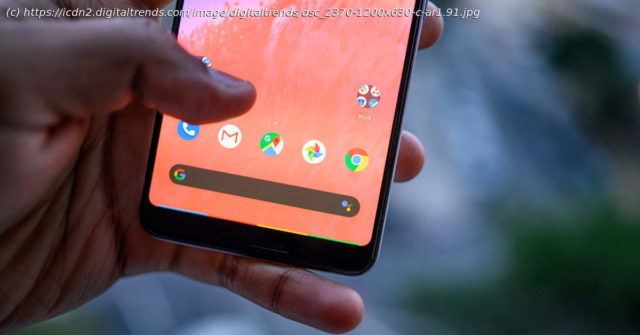Google has increasingly focused more on innovative features rather than fixing the fundamental flaws of Android. Here’s why it needs to get back to the basics.
For the last few weeks, I’ve been bouncing between an iPhone and an Android phone to explore what their new software updates have to offer. Similar to how it goes every year, the experience largely involves me poking around in all the latest features Google and Apple have baked into Android 11 and iOS 14 — except this year brought one conspicuous and pivotal difference.
This time, the whole process left me yearning. As a longtime Android user, this time I was more partial to (and tempted by) iOS than ever before. I’m not picking sides, nor have I ever done that in the past. However, iOS 14 hammered home what I’ve been suspecting for years now: Google’s relentless quest to build a “smarter” mobile operating system has riddled the Android experience with gaping, glaring holes.
Let me explain.
Since the last couple of versions, there’s been a stark difference between the approaches Apple and Google have taken with iOS and Android updates. While Apple has stuck to evolutionary releases focusing equally on bringing in the new and fixing the old, Google has been more ambitious, seemingly attempting to revolutionize Android each year while overlooking its long-standing flaws.
Of late, Apple’s annual updates have been primarily about buttressing the areas where iOS has always lagged behind. On iOS 12, Apple breathed new life into outdated iPhones with significant performance upgrades, while iOS 13 brought with it key improvements to the notification system and handy features such as optimized battery charging. With its 14th installment, Apple made iOS more flexible and added long-requested abilities such as an app drawer and third-party defaults.






